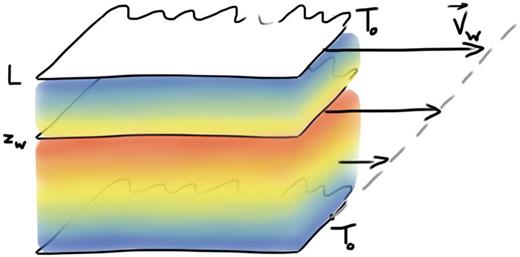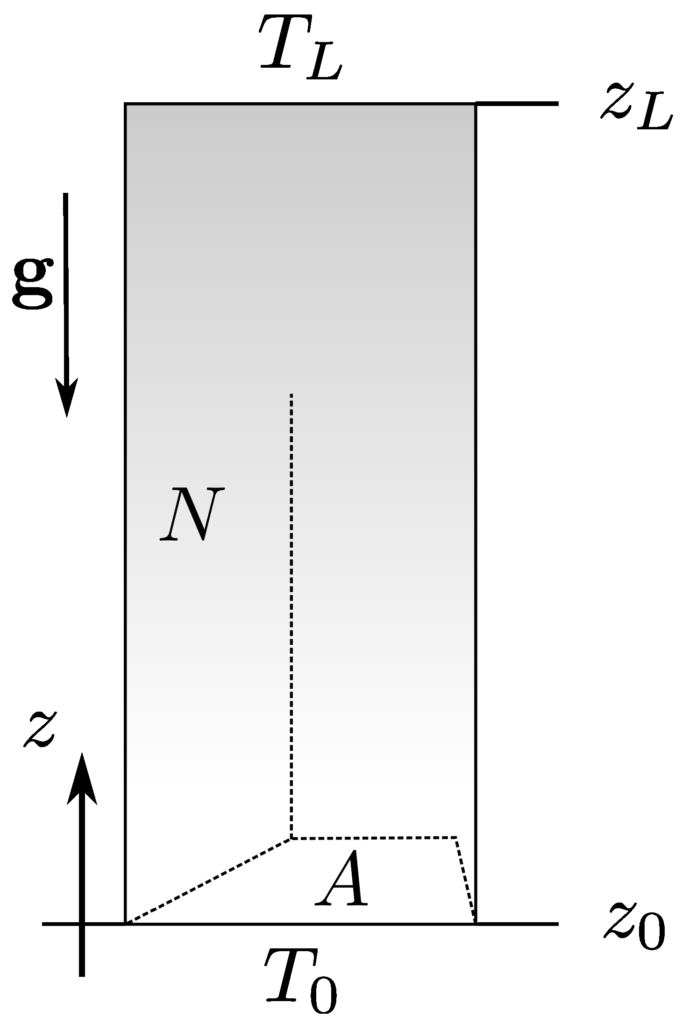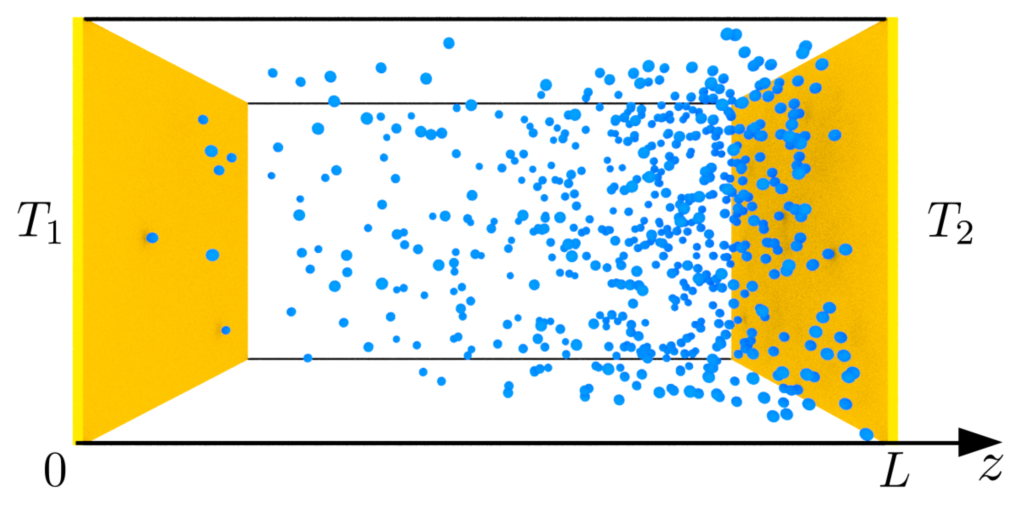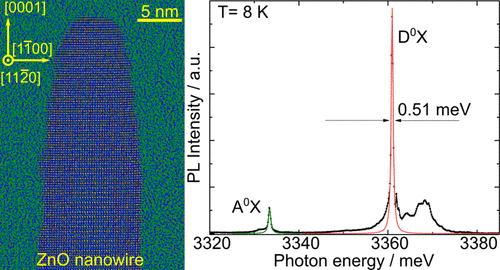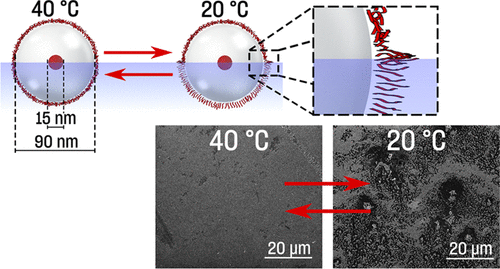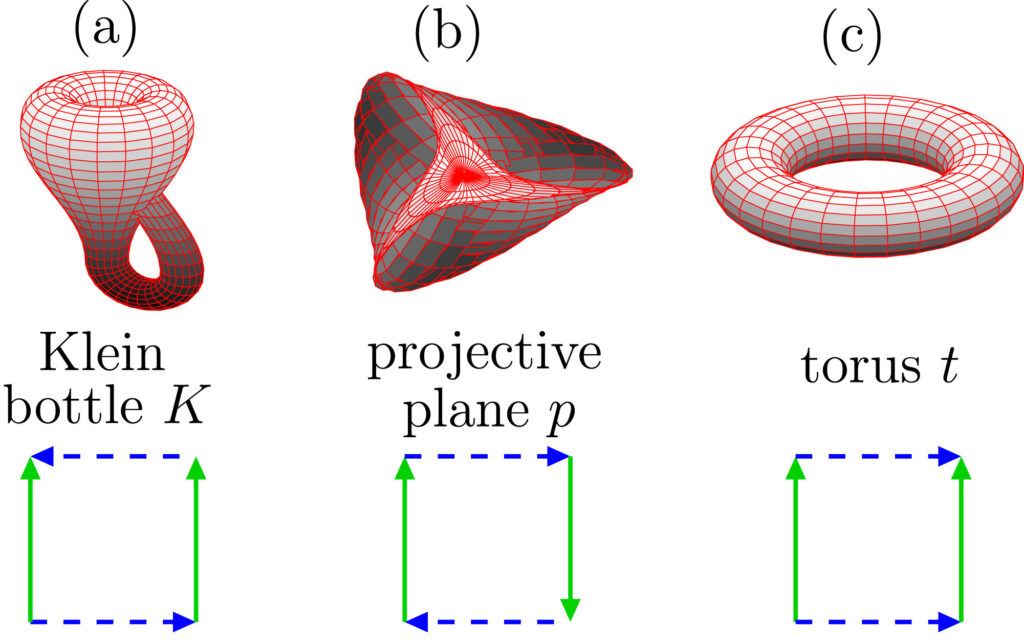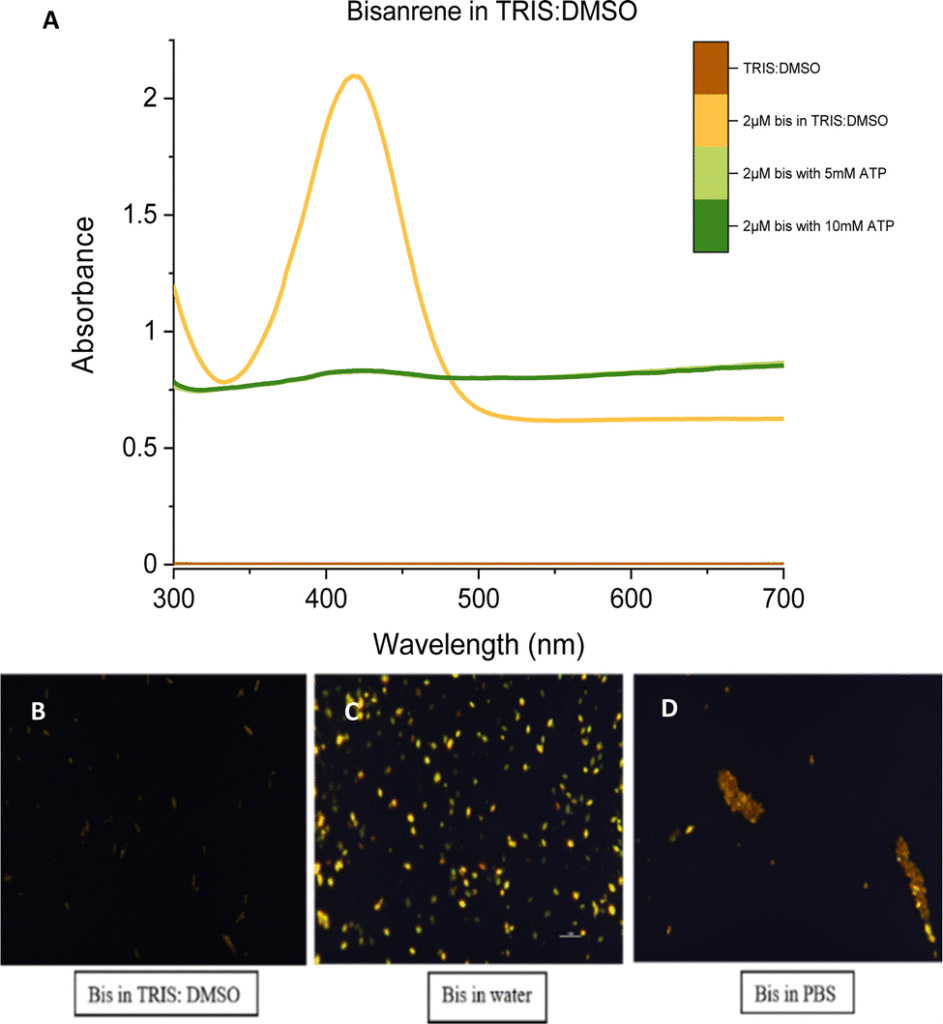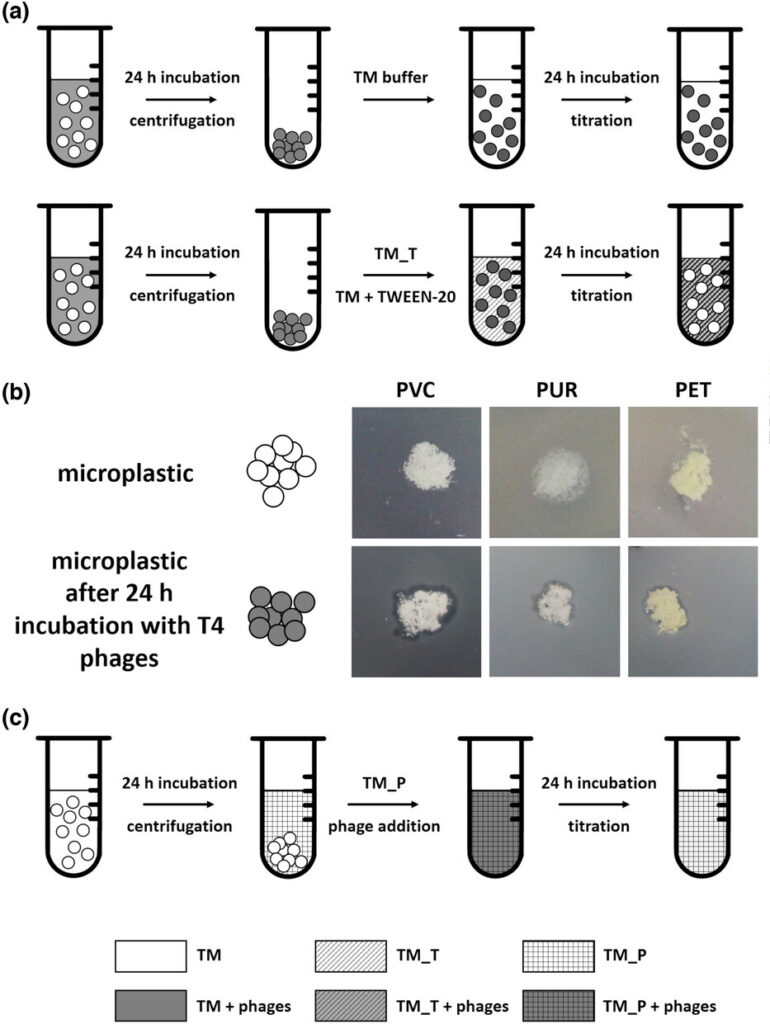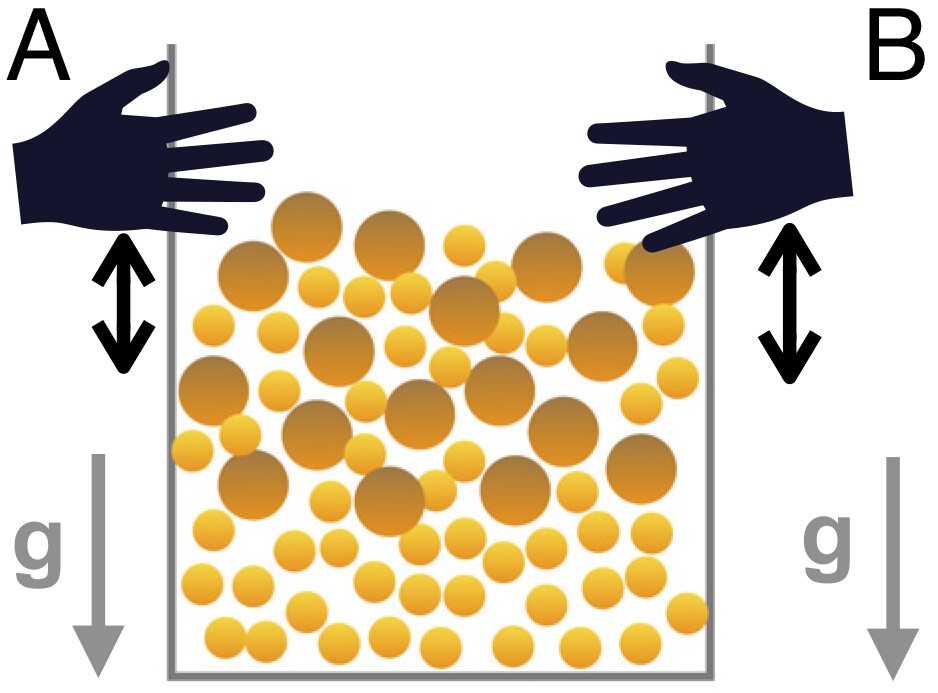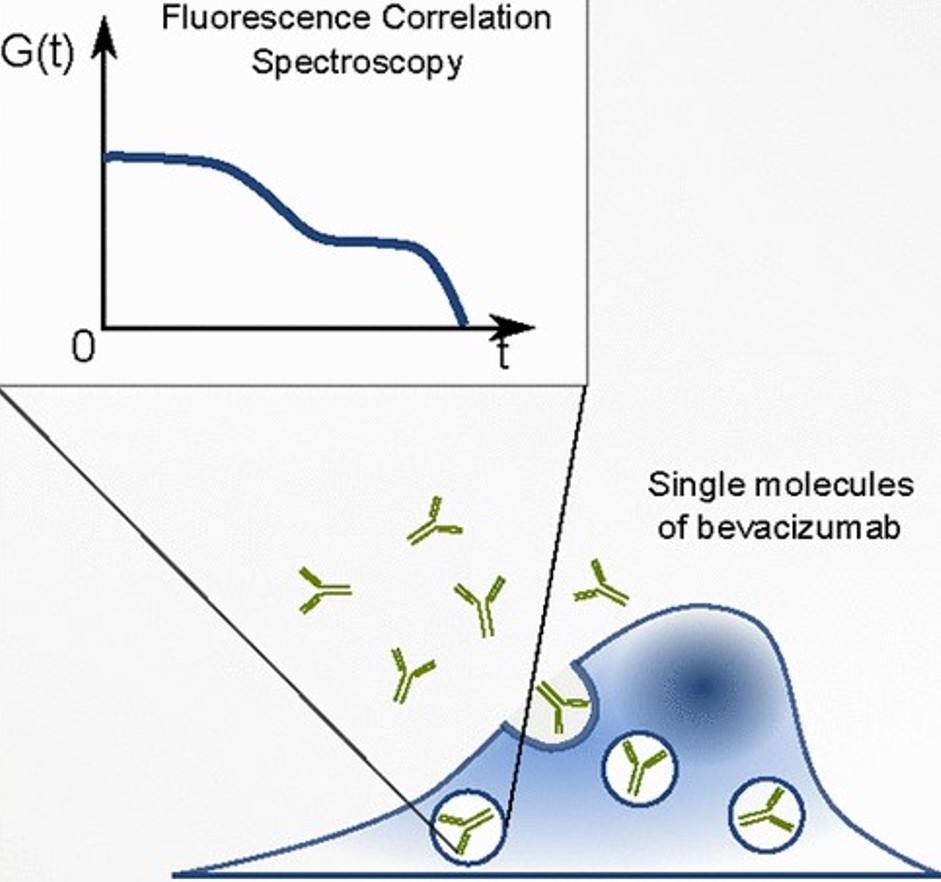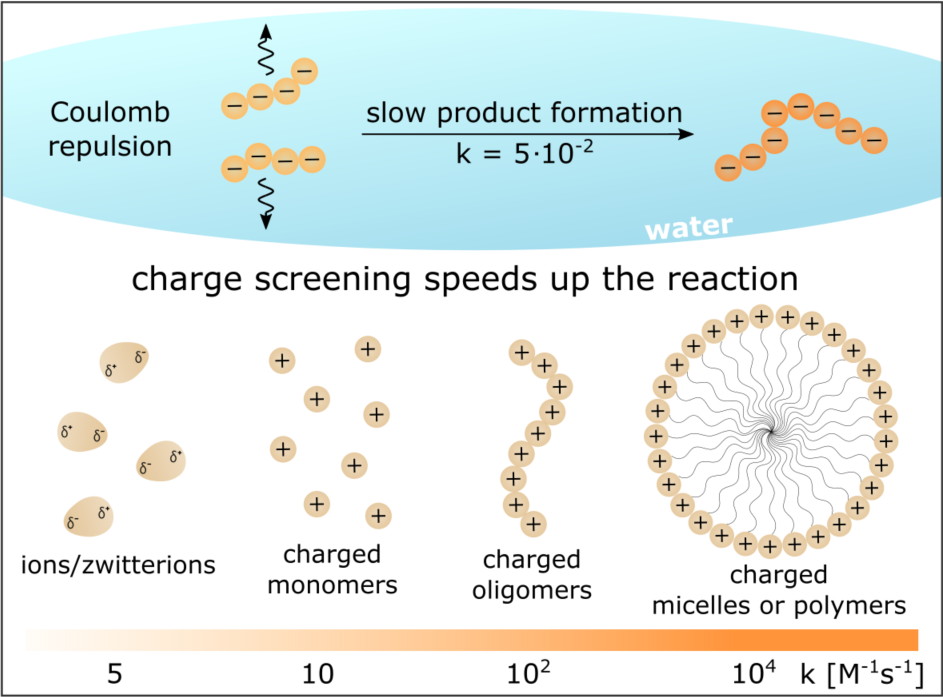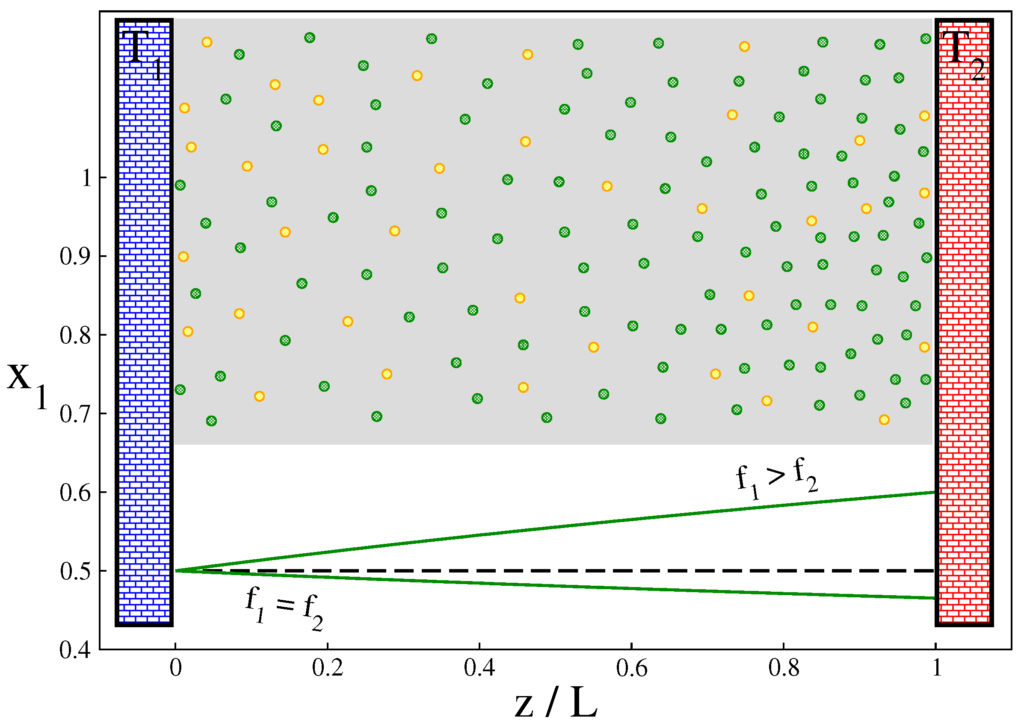
Parameters of state in the global thermodynamics of binary ideal gas mixtures in a stationary heat flow
Anna Maciołek, Robert Hołyst, Karol Makuch, Konrad Giżyński, Paweł J. Żuk
Entropy 2023, 25(11), 1505
In this paper, we formulate the first law of global thermodynamics for stationary states of the binary ideal gas mixture subjected to heat flow. We map the non-uniform system onto the uniform one and show that the internal energy 𝑈(𝑆∗,𝑉,𝑁1,𝑁2,𝑓∗1,𝑓∗2)�(�*,�,�1,�2,�1*,�2*) is the function of the following parameters of state: a non-equilibrium entropy 𝑆∗�*, volume V, number of particles of the first component, 𝑁1�1, number of particles of the second component 𝑁2�2 and the renormalized degrees of freedom. The parameters 𝑓∗1,𝑓∗2�1*,�2*, 𝑁1,𝑁2�1,�2 satisfy the relation (𝑁1/(𝑁1+𝑁2))𝑓∗1/𝑓1+(𝑁2/(𝑁1+𝑁2))𝑓∗2/𝑓2=1(�1/(�1+�2))�1*/�1+(�2/(�1+�2))�2*/�2=1 (𝑓1�1 and 𝑓2�2 are the degrees of freedom for each component respectively). Thus, only 5 parameters of state describe the non-equilibrium state of the binary mixture in the heat flow. We calculate the non-equilibrium entropy 𝑆∗�* and new thermodynamic parameters of state 𝑓∗1,𝑓∗2�1*,�2* explicitly. The latter are responsible for heat generation due to the concentration gradients. The theory reduces to equilibrium thermodynamics, when the heat flux goes to zero. As in equilibrium thermodynamics, the steady-state fundamental equation also leads to the thermodynamic Maxwell relations for measurable steady-state properties

